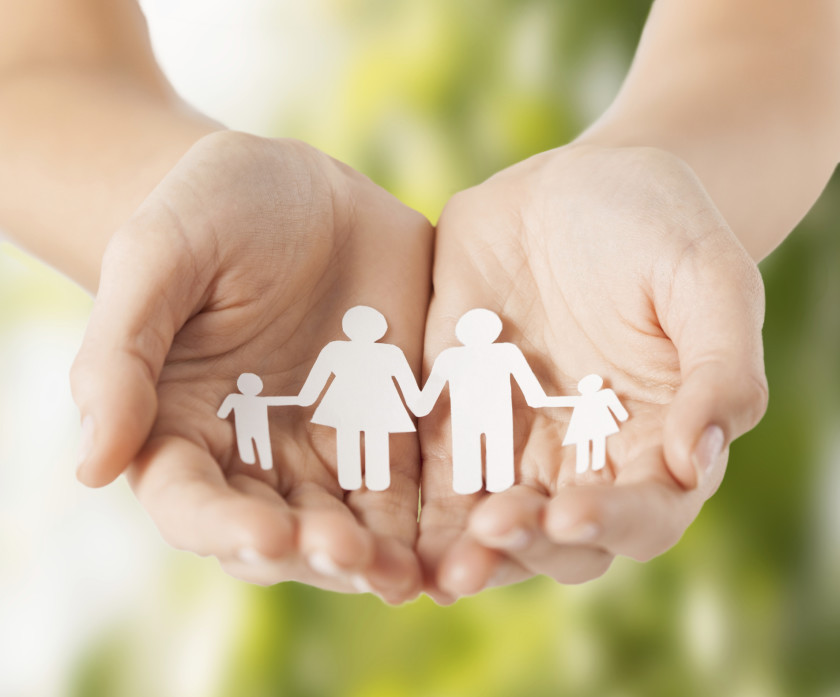Most of us working in the nonprofit sector have always known women are the driving influence in charitable giving. Even at the very high gift level, women influence the decision to give. And not only in just how much to give, but also to which charity. Recent studies have confirmed this fact: women play a huge role in charitable giving and are in fact more likely than men to be generous in terms of charitable giving.
In an Indiana University study, researchers found baby-boomer and older women gave 89% more to charity than men their age, and women in the top 25% of permanent income gave 156% more than men in that same category. In fact, women in all demographics and income levels give more than men in the same categories.
In each of the five different income groups analyzed, female-headed households are MORE LIKELY TO GIVE to charity than male-headed households.
What accounts for this statistic? It’s a matter of psychological differences between men and women.
Men tend to view money as a means to power, and will only give to charity if it increases their status or satisfies a cultural norm. Women, on the other hand, tend to be more altruistic. A 2013 U.S. Trust survey on women and wealth concluded, “Women are nearly twice as likely as men to say that giving to charity is the most satisfying aspect of having wealth.”
Furthermore, studies have shown marriage increases giving from both men and women. A $10,000 rise in the woman’s income is associated with a more than 5% rise in total household giving, while a similar rise in the man’s income is associated with a nearly 3% rise in total giving. This shows that women have a notable say in how much their family will give to charity.
This phenomenon makes total sense – women have long been the silent, but extremely influential, partner in all buying decisions from homes, to cars, to luxury items. And even if the item is for the husband’s hobby, such as a motorcycle or an antique car, you can bet your bottom dollar that the female in the house gave the nod of approval before a purchase was made.
As more and more women find themselves with excess wealth, nonprofits need to rethink how they view them, and organize campaigns designed to include more women in their donor bases.
Sourcing via the Wall Street Journal.


